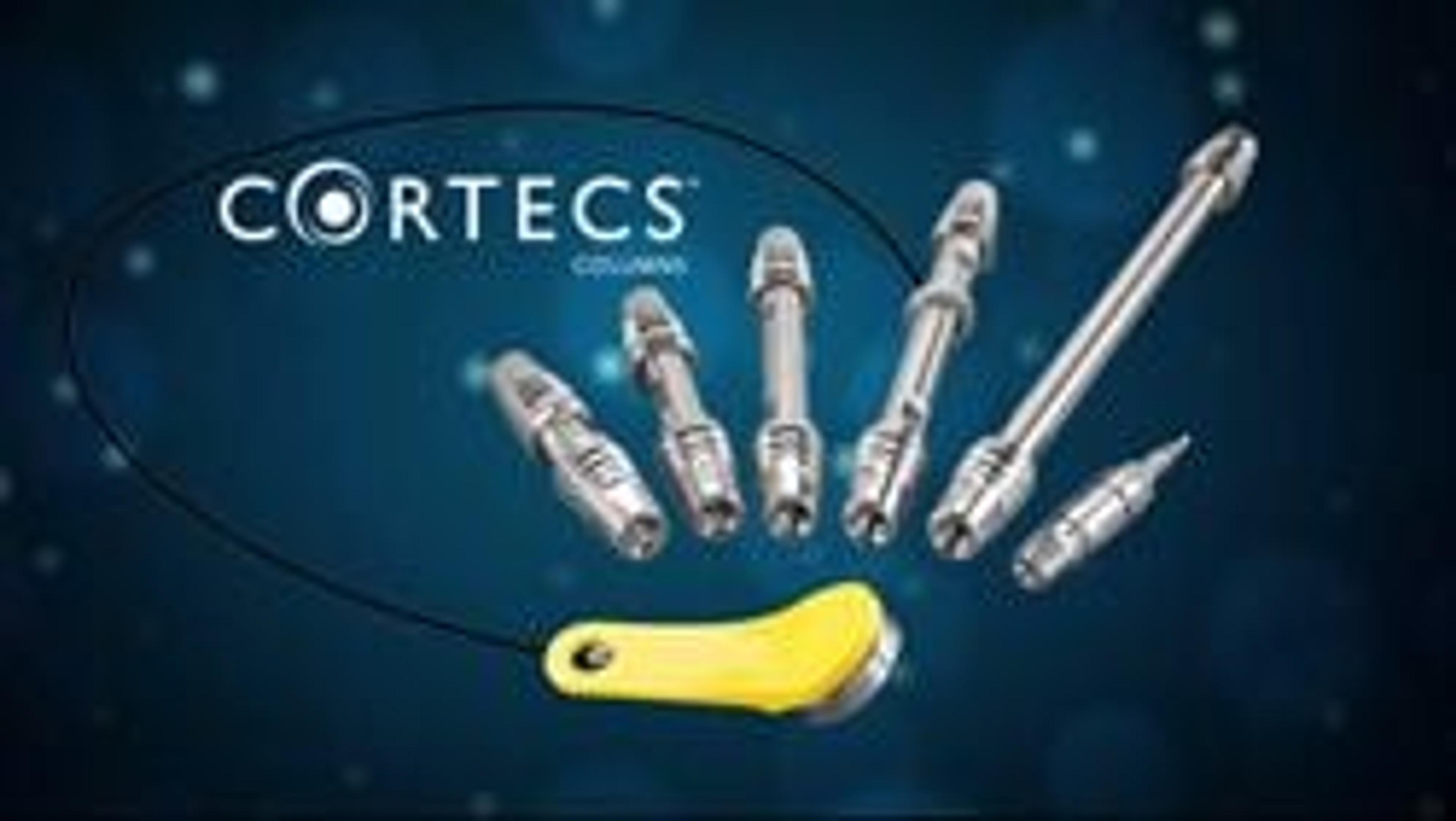Exclusive Webinar Highlights: The Solid-Core Particle Advantage
Discover greater efficiency, resolution and throughput for improved LC analysis
13 May 2015

Bonnie A. Alden, Senior Research Scientist, Waters Corporation
Separation scientists continue to search for new ways to increase efficiency to achieve higher resolution separations and greater throughput in their chromatographic analyses. Many scientists desire shorter cycle times and increased resolution to analyze complex samples on HPLC systems.
In this fascinating webinar, Bonnie Alden (Senior Research Scientist, Waters Corporation) describes the advantages of solid-core particle columns over conventional particle-packed columns. Learn how the combination of these particle and column innovations with novel bonded phases enables even greater peak capacities, analyte loadability, and sensitivity for a diverse range of analytes. A summary of the Q&A session of the webinar is provided below. To watch the free, on-demand webinar, click here.
Q: Will CORTECS® columns replace all the solid-core columns in the future?
A: Solid-core CORTECS® columns are one of many solid-core columns available on the market, and it would be great if everyone tried a CORTECS® column. Waters has spent a considerable amount of time researching solid-core technology and then developing the particle that would have the best characteristics such as the optimal particle size and the proprietary bonding that makes CORTECS C18+ a unique chemistry.
Q: Why should CORTECS® columns not be heated above 40°C in a column manager compared to other columns, where up to 60°C can be achieved?
A: The temperature limit is actually given as 45°C, and as with any UPLC or HPLC column, the maximum lifetime achieved is at the most moderate operating conditions. For example, at a pH less than 2, or more than pH 8, the lifetime of the column or number of injections will decrease if you are using higher temperatures. We have developed applications that are run at higher temperatures. One application note details the analysis of intact human insulin and analogues from human plasma, and that analysis was conducted at 60°C.
Q: Would you recommend using a CORTECS® column for running hormone analysis by LC-MS/MS with an ammonium hydroxide mobile phase?
A: CORTECS® Solid-Core columns are silica-based and the operating pH range is from 2-8, even dilute ammonium hydroxide mobile phases will be over that pH range so it would probably not be a good choice. If you need to use high pH mobile phases, a better option would be to use a column that is packed with a bonded phase from our BEH technology family. Our proprietary bonding techniques on hybrid silica particles results in an extremely stable over a wide pH and temperature range.
Q: How reproducible is the retention time with the CORTECS® column at 1 min separation? Do the CORTECS® and solid-core columns require similar post-run time for equilibrium?
A: For retention time reproducibility, as long as you equilibrate the column you should get reproducible retention times. One factor that you do need to consider is the reproducibility of your solvent delivery system.
Q: What do you think makes CORTECS® unique in a fairly crowded market?
A: When developing CORTECS®, we wanted to make sure that it was really differentiated from the crowd and we spent a considerable amount of time choosing the optimum particle sizes and optimizing the column packing. The results are columns of the same length and particle size having the same efficiency, regardless of column diameter. The 1.6 µm CORTECS® particle when packed into our low dispersion hardware achieves 40% higher efficiency than a similarly packed fully porous particle. As with all Waters products, CORTECS columns are under strict reproducibility guidelines. Over the years, Waters has proven to be the market leader in column and batch reproducibility, and CORTECS will continue with that legacy.
Q: What are the key benefits of using solid-core particles?
A: The columns have very high efficiency, due to the particle morphology and excellent packing, and produce significantly less backpressure than similarly sized, fully porous particles. This allows shorter column lengths to be used without sacrificing performance. The columns, especially the 2.7 µm columns, generate lower backpressures, so they can be operated at higher flow rates to speed up your analyses.

